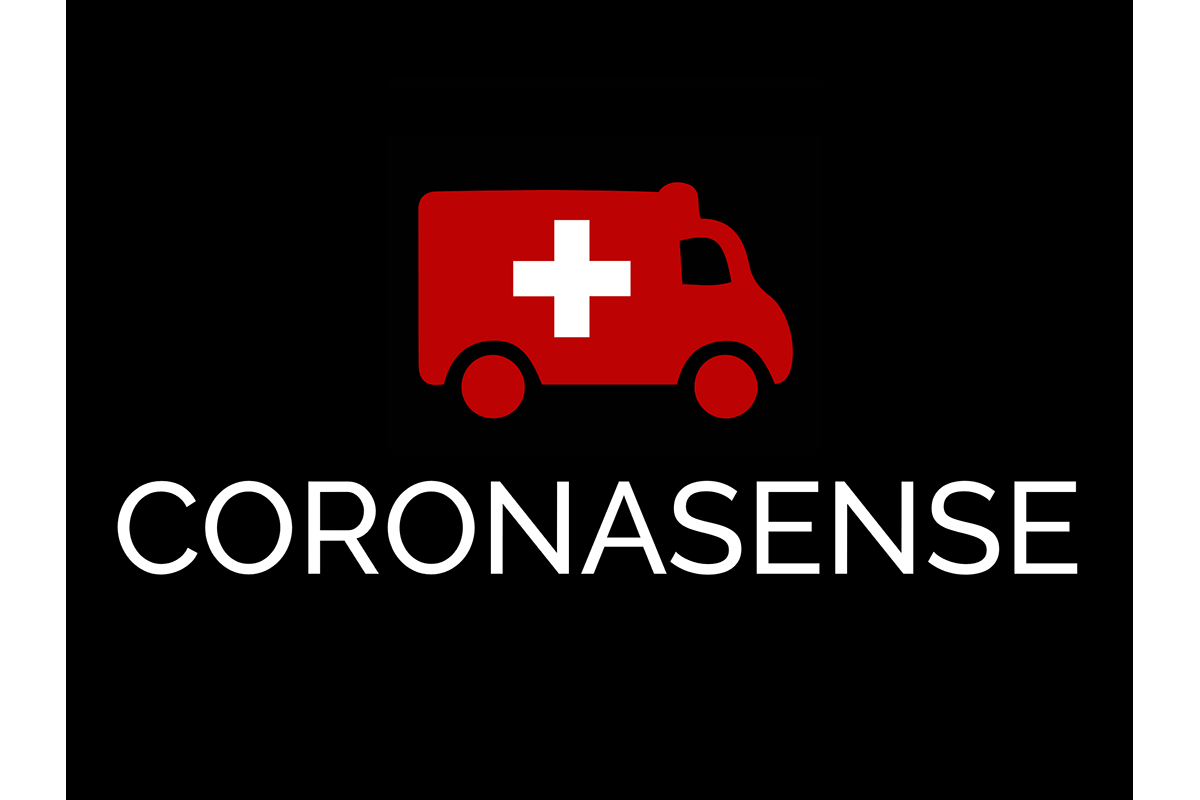
COVID-19 Testimonial Series | Coronasense
Share this article
A device capable of autonomously screening the body temperature to detect fever symptoms caused by viral or bacterial infections
The following article is part of BioAlps’ testimonial series and was written by Mr Adrian Shajkofci, Founder of Coronasense. Our series aims to provide a platform for the different life sciences actors from western Switzerland, who are active in finding and developing solutions to fight against the new coronavirus, to share their experience.
Presentation of Coronasense
We introduced Coronasense, a device capable of autonomously screening the body temperature of employees, customers, or visitors to detect as early as possible fever symptoms caused by viral or bacterial infections. About 95% of hospitalised cases of COVID-19 had abnormal body temperature as a symptom.
Our solution comprises a Swiss made high-precision sensor module and a software suite for data analytics. Compared to competitors, we offer reliable measurements (0.1 degrees), extensive customisation and good integration with access systems, data confidentiality, an affordable price, and a good environmental footprint by using plastic polymers coming from Swiss agriculture. We also collaborate with video-surveillance and biometric sensors manufacturers for a seamless integration.
Only a few months after the sale of the first device, we have now installed units in remarkably diverse environments, such as the manufacturing industry, food industry, pharmaceutical industry, hotels, schools, nursing homes and events.
Initial development
COVID-19 was the trigger event that led to the development of the company. Indeed, we saw the potential in the field of temperature screening since the market was dominated by simple hand devices or expensive thermal cameras. Our solution fits very well in between by combining high precision sensors and intelligent algorithms to mitigate deviations coming from external factors, while remaining affordable.
Because of the urgency of the situation, we focused on producing working prototypes with parts that were already on the market, then we added more functionalities and improved the prototype. We updated the units remotely and offered a free upgrade kit for customers of the early models. We encountered some issues in the supply chain; some parts were unavailable, or their costs were tripled, but we achieved to build and deliver without delay thanks to a network of Swiss and international suppliers.
Project’s visibility
COVID-19 was the reason of creating such biometric device. Our project was mediatised in Western Switzerland and our first partners and customers came from the buzz around these articles and interviews. Overall, we had a particularly good feedback from the general public.
Future of Coronasense
We plan to develop a new version of the product that has more functionalities, better casing, and faster manufacturing process. We are also looking to build partnerships worldwide to distribute our product. Experts predict that medical biometrics devices such as ours are in a good way to becoming the norm in access control in the industrial environment, aimed at preventing further pandemics, or simply to protect others from the spread of influenza or other fever-inducing diseases. We therefore plan to keep active the development of our product in the next years.
Product development
Our goal was to develop a product that could be used in the field (industries, schools, pensions) in a timely manner when it was needed the most. We focused on quick prototyping and using parts available in stock at our suppliers even if it was not the most cost-effective solution. We worked a lot with the first customers to improve the product and its specifications. The first months of development were full of dynamism and communication. We improved drastically the device after hundreds of hours of interesting development works in a pluri-disciplinary area. The results we gathered from the companies who chose to share their data were highly informative from a scientific standpoint and permitted to comprehend better the mechanisms of body temperature and how we could build a system that is more robust to perturbations.
After the first wave of COVID-19 the manufacturing world came almost back to normal. We are currently transitioning from the “fast and innovative” operating mode to a process more in line with standard manufacturing methods.